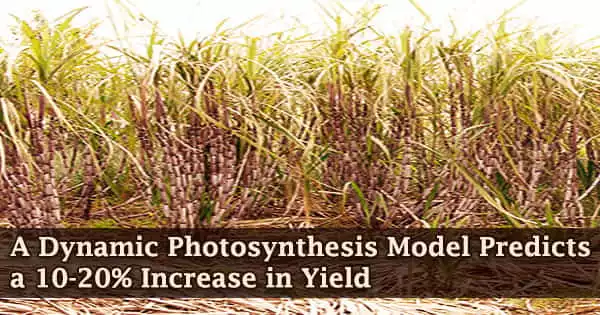Climate-smart agriculture (CSA) (or climate resilient agriculture) is an integrated approach to landscape management that helps adapt agricultural methods, livestock, and crops to the effects of climate change and, where possible, counteract it by reducing greenhouse gas emissions from agriculture while also taking into account the world’s growing population to ensure food security.
It refers to agricultural practices, techniques, and systems that aim to increase productivity, improve climate change resilience, and reduce greenhouse gas emissions. As a result, the focus is not only on carbon farming or sustainable agriculture but also on increasing agricultural productivity. Climate-smart agriculture emerged as a response to climate change’s threats to global food security, agricultural sustainability, and environmental conservation.
Attempts are being made to incorporate CSA into core government policies, expenditures, and planning frameworks. To be effective, CSA policies must be able to contribute to broader economic growth, sustainable development goals, and poverty reduction. They must also be integrated into disaster risk reduction strategies, actions, and social safety net programs.
Key principles of climate-smart agriculture include:
- Sustainable Intensification: This involves increasing agricultural productivity while minimizing negative environmental impacts. It focuses on using resources efficiently and reducing waste.
- Adaptation: CSA emphasizes building resilience in agricultural systems to withstand the impacts of climate change, such as more frequent and severe droughts, floods, and temperature fluctuations. This can involve using drought-resistant crops, altering planting and harvesting times, and improving water management.
- Mitigation: CSA aims to reduce the carbon footprint of agriculture by adopting practices that lower greenhouse gas emissions. This might involve implementing agroforestry (planting trees alongside crops), using cover crops, and optimizing fertilizer use to reduce nitrous oxide emissions.
Examples of climate-smart agricultural practices include:
- Conservation Agriculture: This involves minimal soil disturbance, permanent soil cover (such as cover crops), and diversified cropping systems. It helps retain soil moisture and reduce erosion.
- Agroforestry: Integrating trees into agricultural landscapes, which can provide shade, protect against wind, and improve soil fertility.
- Crop Rotation and Diversification: Planting different crops in rotation helps manage pests and diseases, improves soil health, and enhances resilience to changing conditions.
- Water Management: Implementing efficient irrigation techniques, rainwater harvesting, and other water-saving practices.
Climate-smart agriculture is critical to achieving food security and sustainable development goals while addressing climate change challenges. However, successful implementation necessitates collaboration among governments, researchers, non-governmental organizations (NGOs), farmers, and other stakeholders, as well as policies and financial incentives to encourage the adoption of these practices.
















